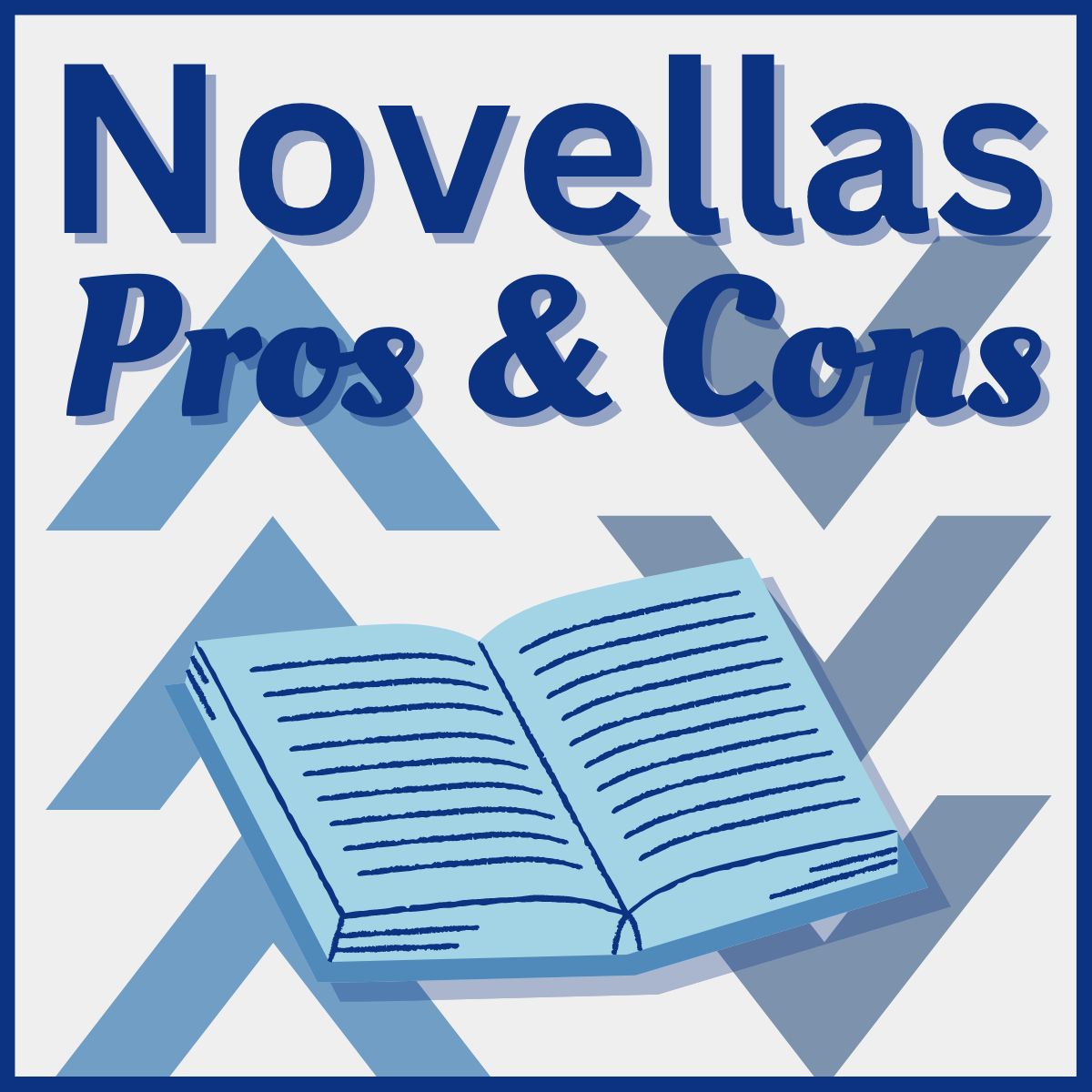If you look around the posts on this website, you’ll notice I’m quite the fan of shorter fiction. For me, novellas hit a sweet spot between length, depth, creativity, and value for money.
But, much like any other form of fiction, novellas have their pros and cons. Some people really dislike them, and others (like myself) greatly enjoy them.
How you feel about novellas is always up to you, but whether you adore or avoid them, here are some things to keep in mind when you next go book shopping.
The Pros
A big upside of novellas is that their stories are much more focused, fast-moving, and refined. I’m sure you’ve read lengthy novels in the past and found yourself zoning out during a particularly slow chapter or arc. Luckily, most novellas avoid this as they
Novellas may be combined into bundles/collections. What this effectively means is that you can get two or three novellas for the price of a standard novel, which gets you more bang for your buck (story-wise).
Many debuts take the form of a novella, meaning this category of fiction is a great way to discover newly debuted and upcoming authors. It’s also a great way of supporting them and justifying the publisher’s choices to keep taking on new writers’ work.
Novellas are space efficient. Thick books look great on a shelf, and certainly make everyone think you’re a lot smarter than you are, but they also take up heaps of space for a single story. You can usually fit two or three novellas in the same space as one full-length novel.
Despite the talk about value for money, novellas are often cheaper to buy. This depends on the publisher, but novellas are typically a few pounds or dollars cheaper per title. This isn’t always the case, but it helps balance out the cost per word/page/hour dilemma.
The Cons
Given that novellas are shorter than novels, typically by around 25-50%, you get less value for money. How you measure this is up to you. You can gauge it by cost per word, per page, or per hour of expected reading time. Regardless, the simple truth is that a £10 novel will give you more perceived entertainment time than a £10 novella.
Regarding physical prints, novellas are often released as paperback-only. This is because a publisher wants to save costs and will reserve special editions and hardcover versions for full-blown novels (as those tend to sell better and justify the extra expense to the publisher and readers). For most of us, a paperback is fine, but some staunch people swear by hardcovers.
Additionally, novellas are typically printed less than conventional novels. This can lead to them being hard to acquire if they’ve sold out quickly, being less frequently spotted in the second-hand market, or being sold second-hand for a higher price than novels that had far more copies produced. Novellas may also only have a few printing runs and receive no new editions later in life.
The medium also lends itself to less complex stories. This is not an outright ‘con,’ but most people don’t want to imagine they are reading a dumbed-down, simple, or straightforward story (personally, I don’t mind if the premise isn’t overly deep). Readers tend to be quite pretentious, and the longer duration of novels better appeases that through having more time to flesh the story and characters out.
Novellas also have a hard time pleasing every reader. If it moves too quickly, it can put readers who prefer slower stories off; too slowly, and it agitates those who want the story to move along. Not to mention the issues regarding tone, level of detail, amount of characters, variation in locations, and so on. In essence, you may like one novella, but not enjoy the next for whatever reason. It is unreasonable to expect that you will enjoy a particular story just because it is a novella, novel, or whatever—so you’re better off just reading what you want and not worrying too much about its length.

Leave a Reply